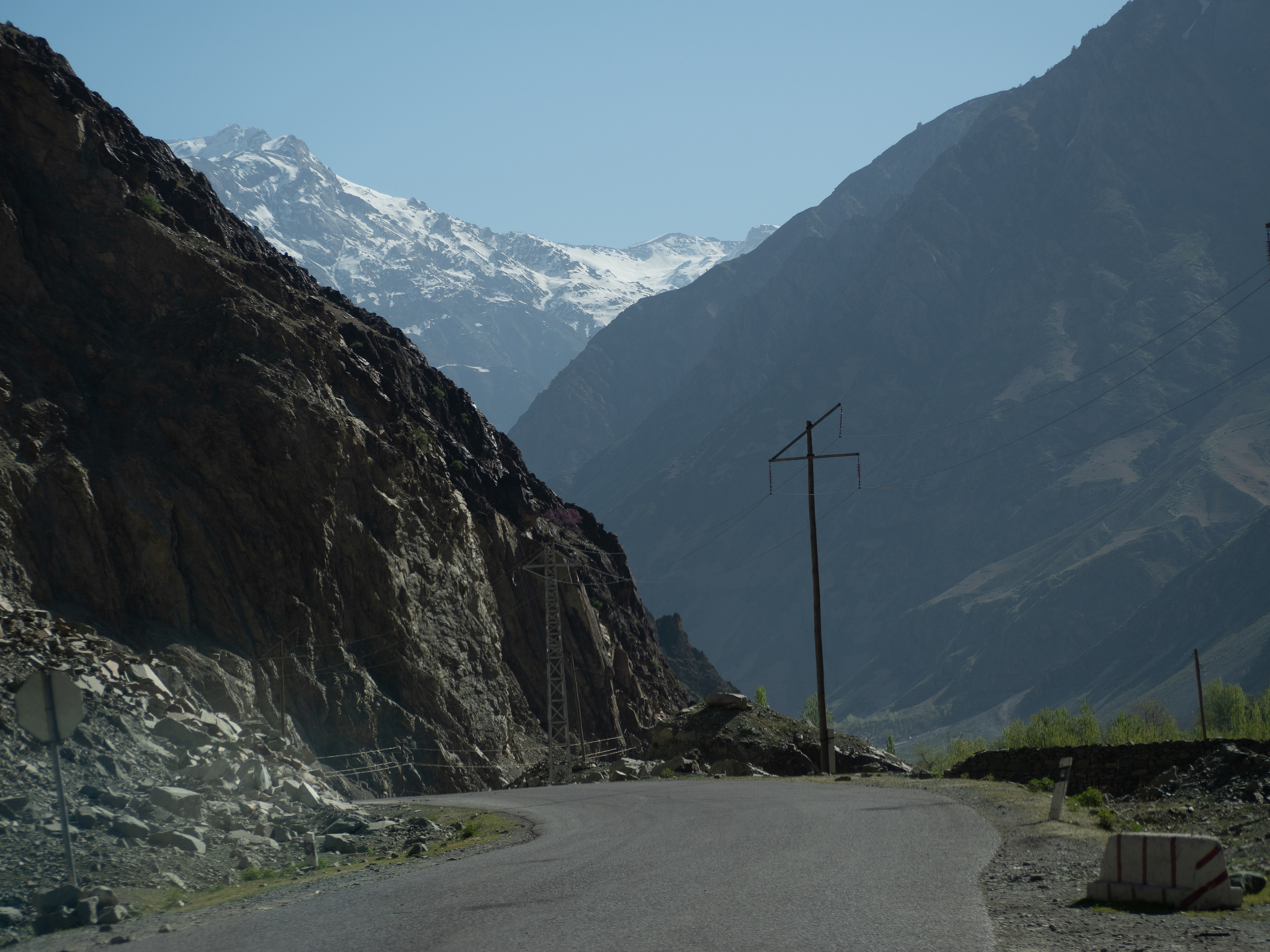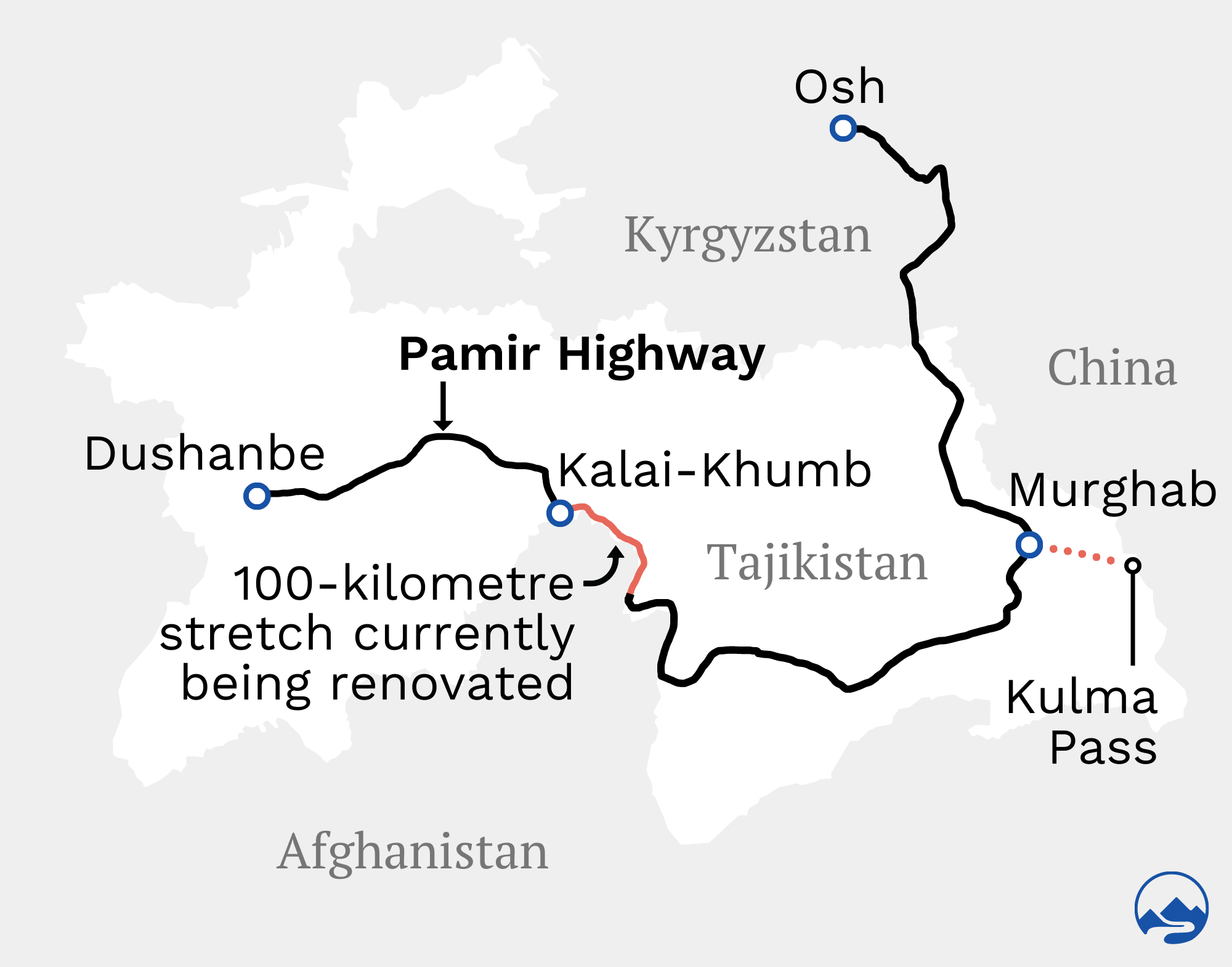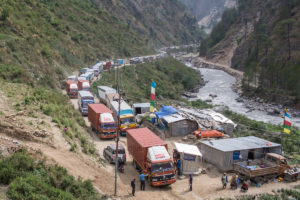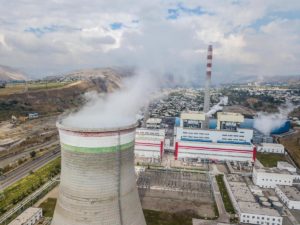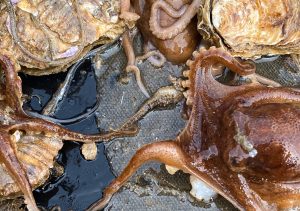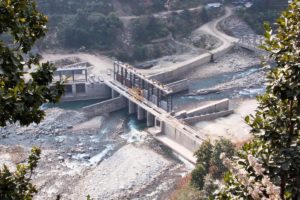The stretch of the Pamir Highway that connects Tajikistan’s capital, Dushanbe, to the border with China is narrow and dangerous, running alongside cliffs that tower over the fast-flowing Panj River. It is the only road that links the city with the Chinese border, and has the potential to be a major artery of trade. But it is also prone to landslides, floods and blockages from snowfall, and is in desperate need of renovation.
The highway cuts through villages and sensitive ecological areas, making renovation a complex and contested task.
Last year, the Tajik government approved a plan to upgrade a section of the highway using a grant supplied by China. Work on the upgrade reportedly started in June. The Third Pole has learned that the renovation plans will adhere to Beijing’s latest guidelines on green development along the Belt and Road. Details on how environmental impacts will be minimised in line with the guidelines are lacking, however.
An economic lifeline?
In June last year, Tajikistan’s lower house of parliament ratified a USD 203.9 million grant from China to upgrade about 100 kilometres of the highway from Kalai-Khumb, a town on the border with Afghanistan, to the district of Vanj. After Vanj, the road continues to the Kulma Pass on the border with China’s Xinjiang region. Eventually, the plan is to renovate the entire highway up to the Chinese border.
Completed in the 1930s, the road has never been renovated. Till Mostowlansky, a research professor in anthropology and sociology at the Graduate Institute of International and Development Studies in Geneva, who has written a book about the Pamir Highway, told The Third Pole that despite its economic importance for Tajikistan, the road is mostly unpaved and “suited to large trucks, four-wheel drives and – if you drive carefully – the occasional city car”.
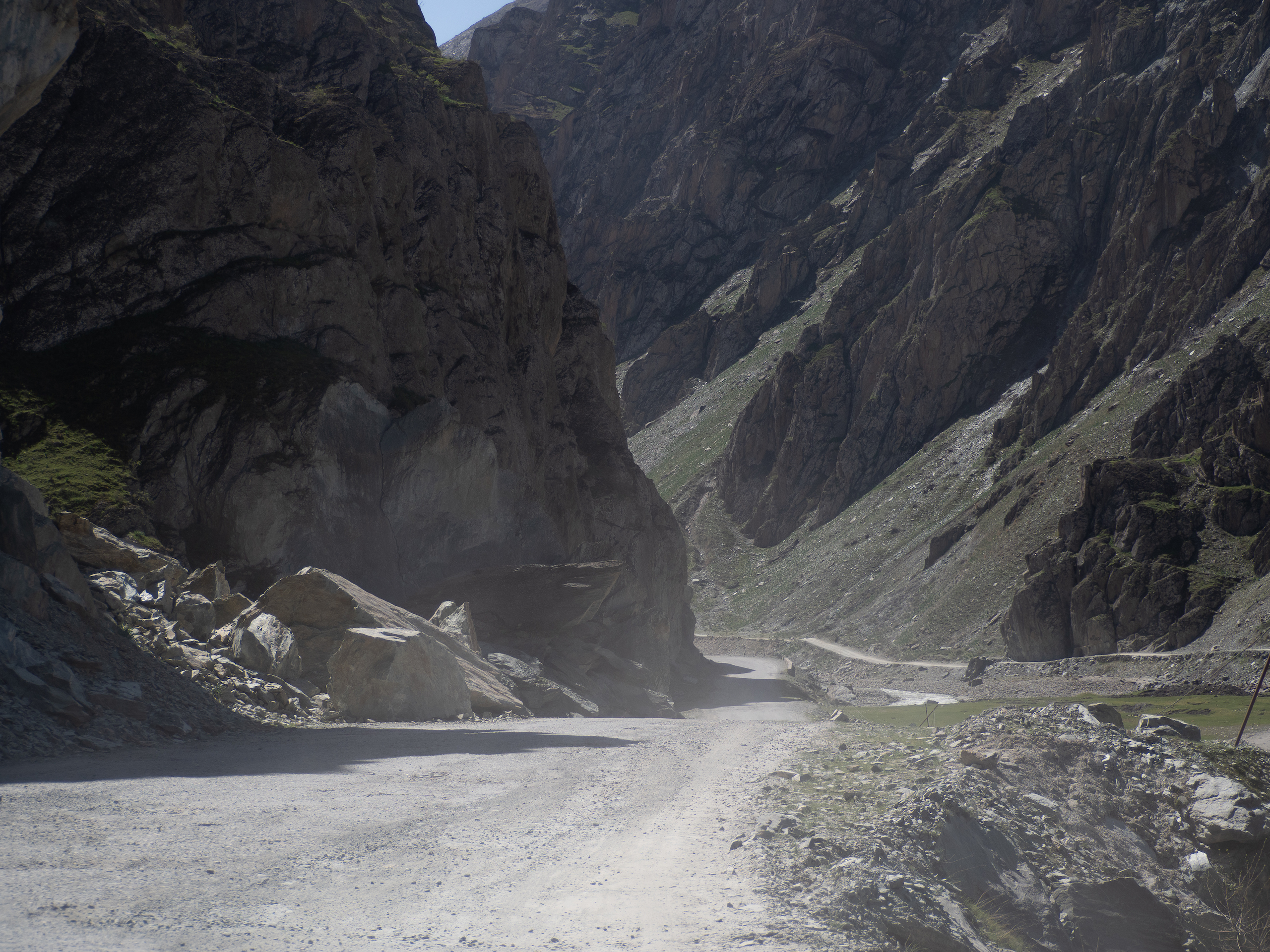
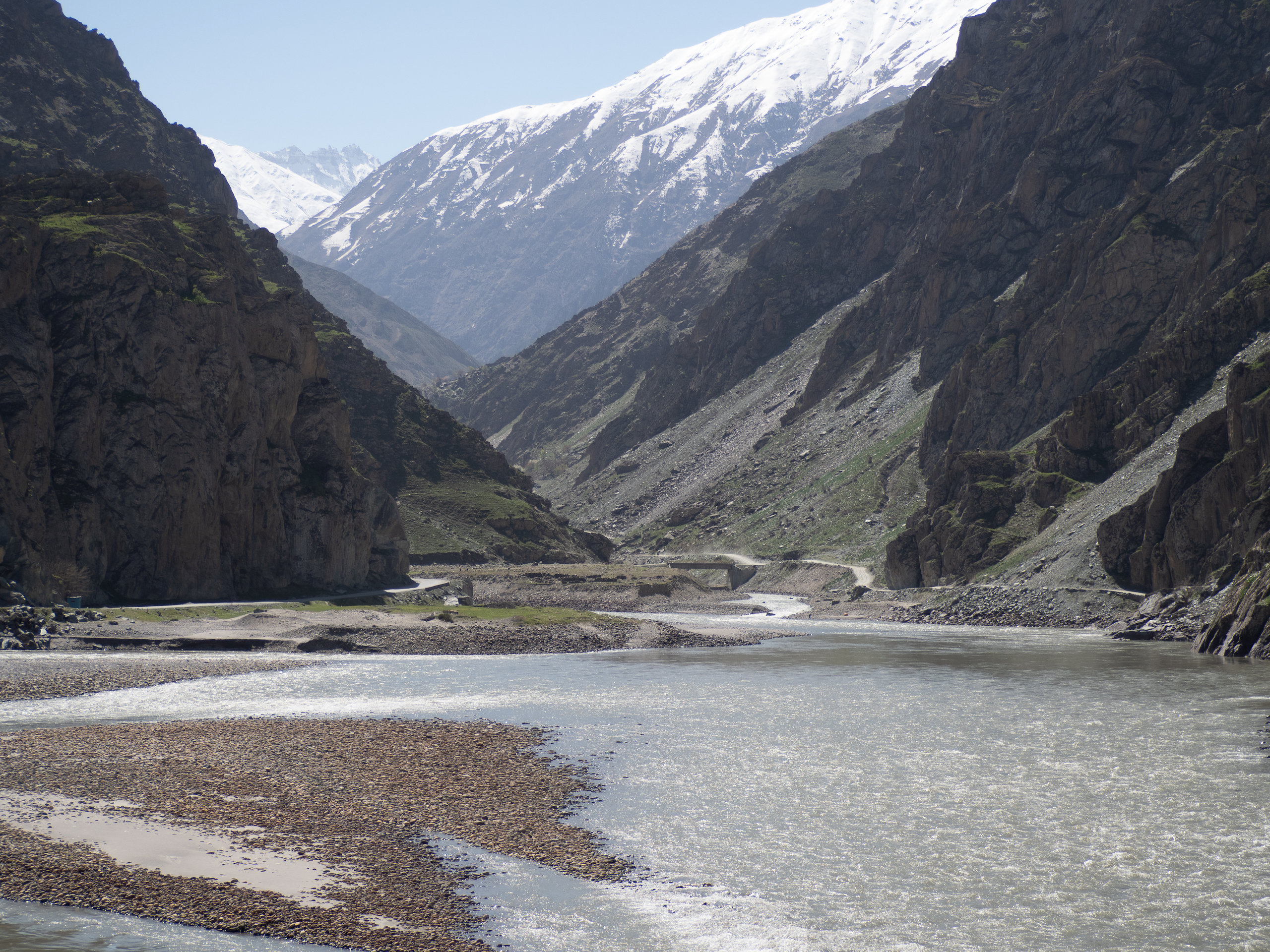
Because of its mountainous terrain, connectivity in Tajikistan is poor, resulting in high transport and trade costs. Livelihood opportunities are limited, with the country’s economy dependent on remittances: in 2020, nearly 27% of its GDP came from abroad, according to the World Bank.
China’s grant for the upgrade of the Pamir Highway between Kalai-Khumb and Vanj, which will be carried out by the China Road and Bridge Corporation construction company, has been promoted as helping Tajikistan to overcome these problems by opening up new economic opportunities, particularly via trade with China. The renovated, two-lane road will take a more direct route through the mountains, shortening the journey distance by 23km. Two tunnels and 15 bridges are set to be built as part of the upgrade.
Today, China is Tajikistan’s largest source of finance.
As of 2020, Tajikistan owes USD 1.2 billion to the China Export-Import Bank, representing about one-third of the country’s total external debt of USD 3.3 billion as of July 2021.
It owes a comparatively modest USD 346 million and USD 291 million to the World Bank and Asian Development Bank, respectively.
However, in recent years China has stopped providing loans to the Tajik government, switching instead to grants as a form of finance.
In exchange, China has negotiated tax breaks and access to investments for Chinese companies in Tajikistan.
In 2016, the Tajik parliament voted to exempt a Chinese company, Kashgar Xinyu Dadi Mining Investment, from all types of taxes and customs duties for a period of seven years. The miner was also granted development rights over silver deposits in the Pamir region.
Mostowlansky was sceptical that the Pamir Highway upgrade would be economically beneficial to most people in Tajikistan. “Very few people along these roads manage to profit from possible economic advantages,” he said, suggesting instead that the main beneficiaries will be powerful political interests.
He said his research has found that “even the economically relevant sections do not offer people real opportunities for development beyond small-scale trade and jobs as day labourers. The state of the road does impact people’s lives, especially when it is bad, but smooth roads do not equal more opportunities.”
Relocation and compensation
The Pamir Highway passes through more than 20 villages between Kalai Khumb and Vanj, and some residents will have to move out of their homes and give up their land for the road’s upgrade. A person working on the project told The Third Pole that information on how many people will be affected is not publicly available.

Davlat, a villager from Darvoz district, spoke to The Third Pole in April, before construction work had started. He said that officials had already calculated the compensation for his property, which was to be paid upon the start of construction. He did not say how much he would be paid, but said the government has promised that the villagers will be fully compensated in cash and/or land.
“All the dust from the road is entering our houses and the noise from the traffic is not letting us sleep properly. The bigger problem is when the big trucks pass by, and the house starts to shake from the bumpy roads,” Davlat told the Third Pole. “Fortunately, when the construction starts, we will move to a different area without all this dust and noise. Hopefully, the project will be implemented soon.” Many locals The Third Pole spoke with in April and May said they will be paid upon the start of construction work.
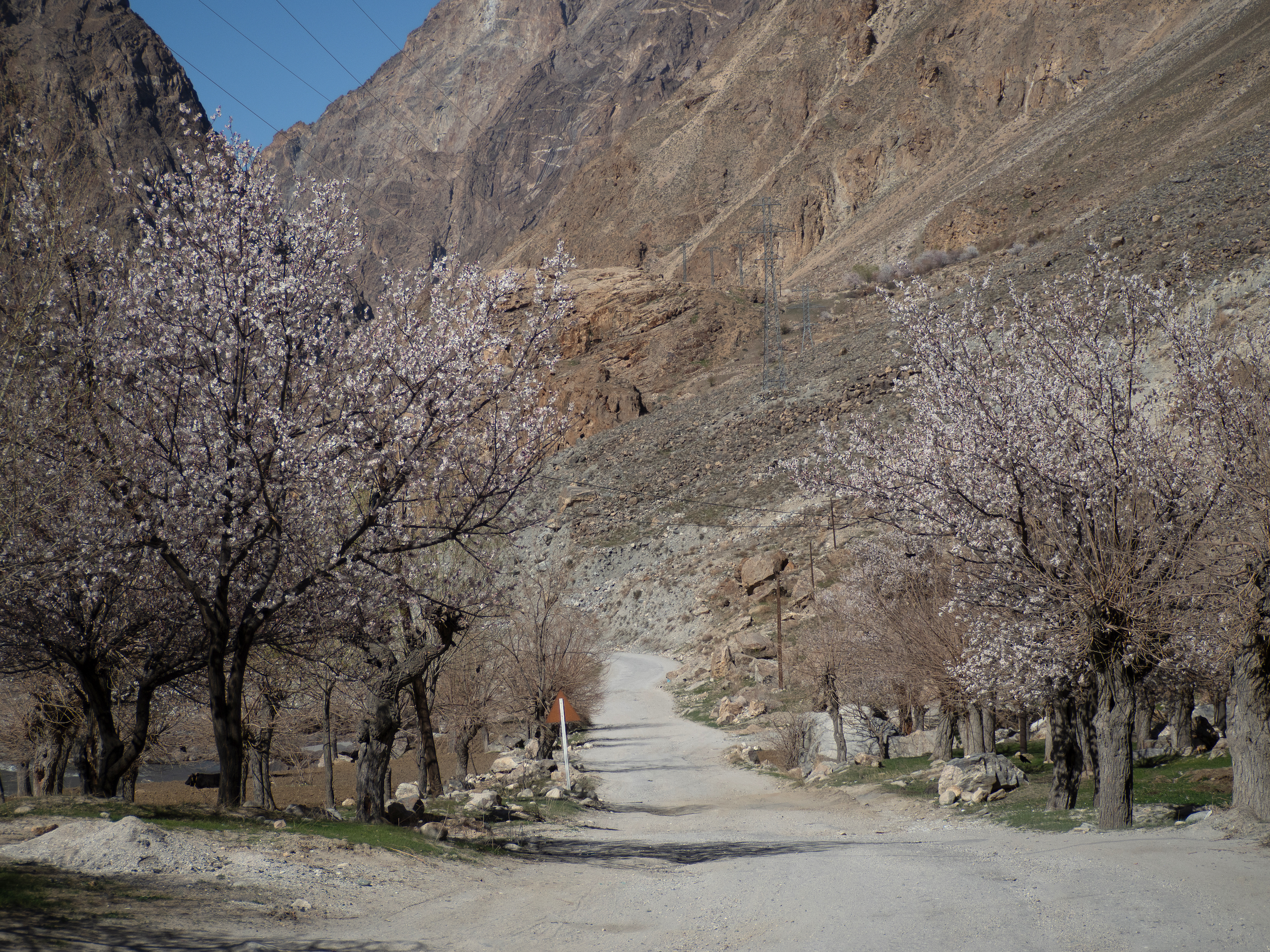
Another person from the same district told The Third Pole that he did not want to move from his house as generations of his family had lived there.
“Although I am very glad that the road will finally be renovated and it will be easier for us to travel to the capital city and back, the price for me and my family will be high,” he said. “Since the road will pass through our property, we will be forced to move to a different place. The garden, the trees and everything else that is around my house were planted by my father and grandfather. It will be sad for my family to leave all this behind.”
When asked about compensation for his property, he said: “The agreed compensation price will be enough to move to a different place and build a new house.”
But Mostowlansky cautioned that the Tajik government does not have a good track record on fair compensation for relocations. He also noted that it is unclear whether or not tolls will be introduced, as has been done on other roads in Tajikistan, which would make travel more expensive.
“The improved road will first of all profit the transport companies that control the trade with China,” Mostowlansky said.
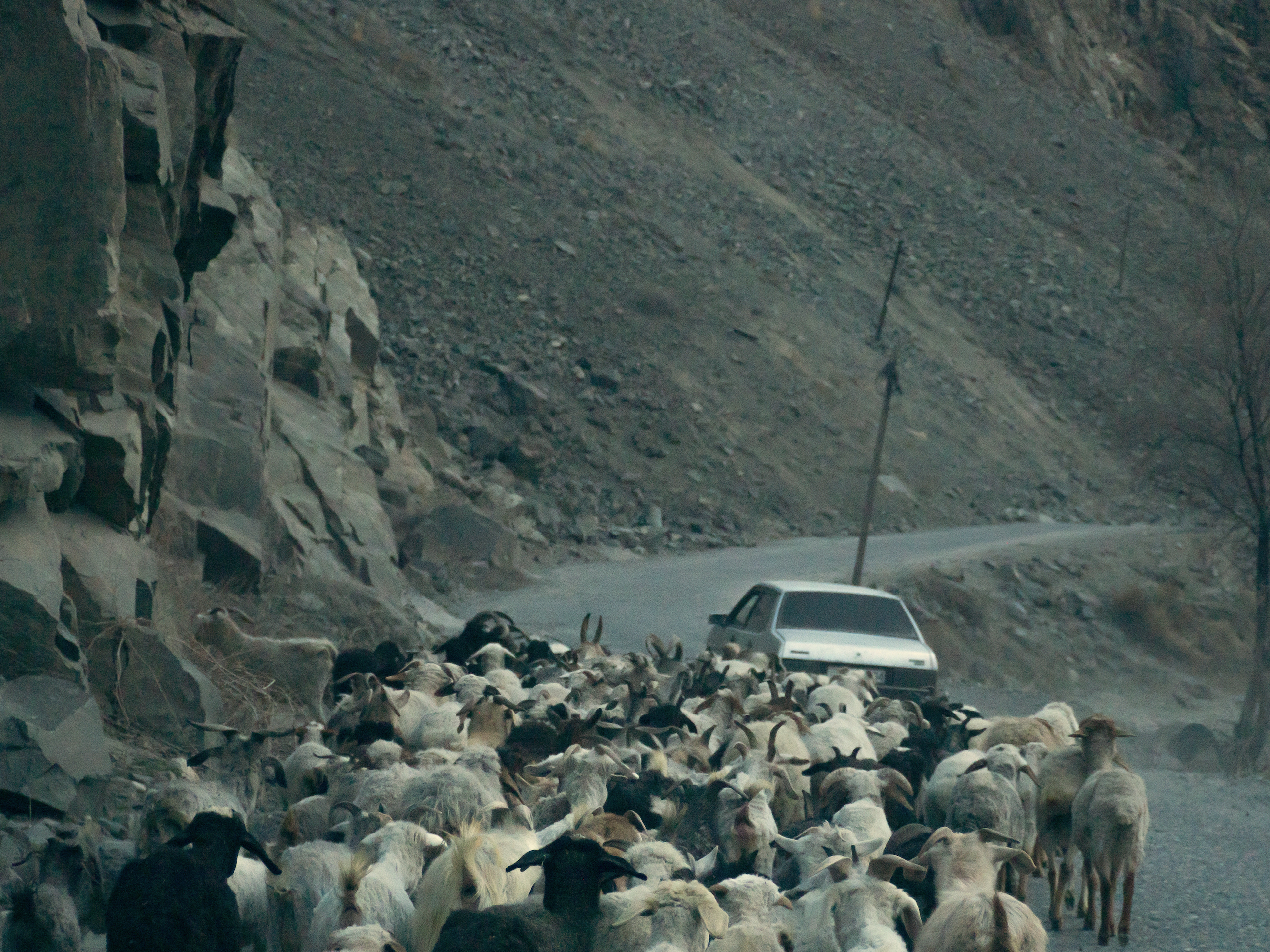
Green guidelines for the BRI
Alice Hughes, associate professor in the School of Biological Sciences at the University of Hong Kong, described parts of the region the Pamir Highway passes through as the “Serengeti of the north”, due to its importance for many large migratory animals such as Argali sheep and saiga antelope.
Hughes said that construction work through such an ecologically important area could result in “loss and fragmentation of habitat, disruption of migratory routes, [and] loss of key areas for breeding”.
Other environmental impacts from large infrastructure projects in mountainous areas can include changes to the water table, destabilisation of mountain slopes and increased risk of landslides, Hughes added.
When asked about the environmental impact of the road reconstruction project from Darvoz to Vanj, a representative from the Committee for Environmental Protection (CEP, a Tajik government authority) told The Third Pole that the highway upgrade will be aligned with China’s green development guidelines for overseas investments, and that the route has been selected to avoid damage to areas of high biodiversity.
However, no information has been made publicly available on how the project will follow these green guidelines.
The 2021 “green development guidelines for overseas investment and cooperation”, issued jointly by the Chinese Ministry of Commerce and Ministry of Ecology and Environment, ‘encourage’ Chinese companies to integrate green development practices in their overseas projects and adopt international standards if local standards are weak. The guidelines also encourage Chinese companies to strengthen engagement with environmental protection organisations and local communities in the host country.
The CEP representative told The Third Pole that companies will be encouraged to engage with Tajik and international environmental protection organisations, including the CEP, to minimise the project’s impact, adding that all parties are interested in developing the project in a sustainable way.
“All the details on how to minimise the impact have been thoroughly considered during the planning and pre-design stage of the project,” the representative told The Third Pole, without detailing how these impacts will be minimised. “However, some of the direct effects will, unfortunately, be hard to avoid, including effects on wildlife.”
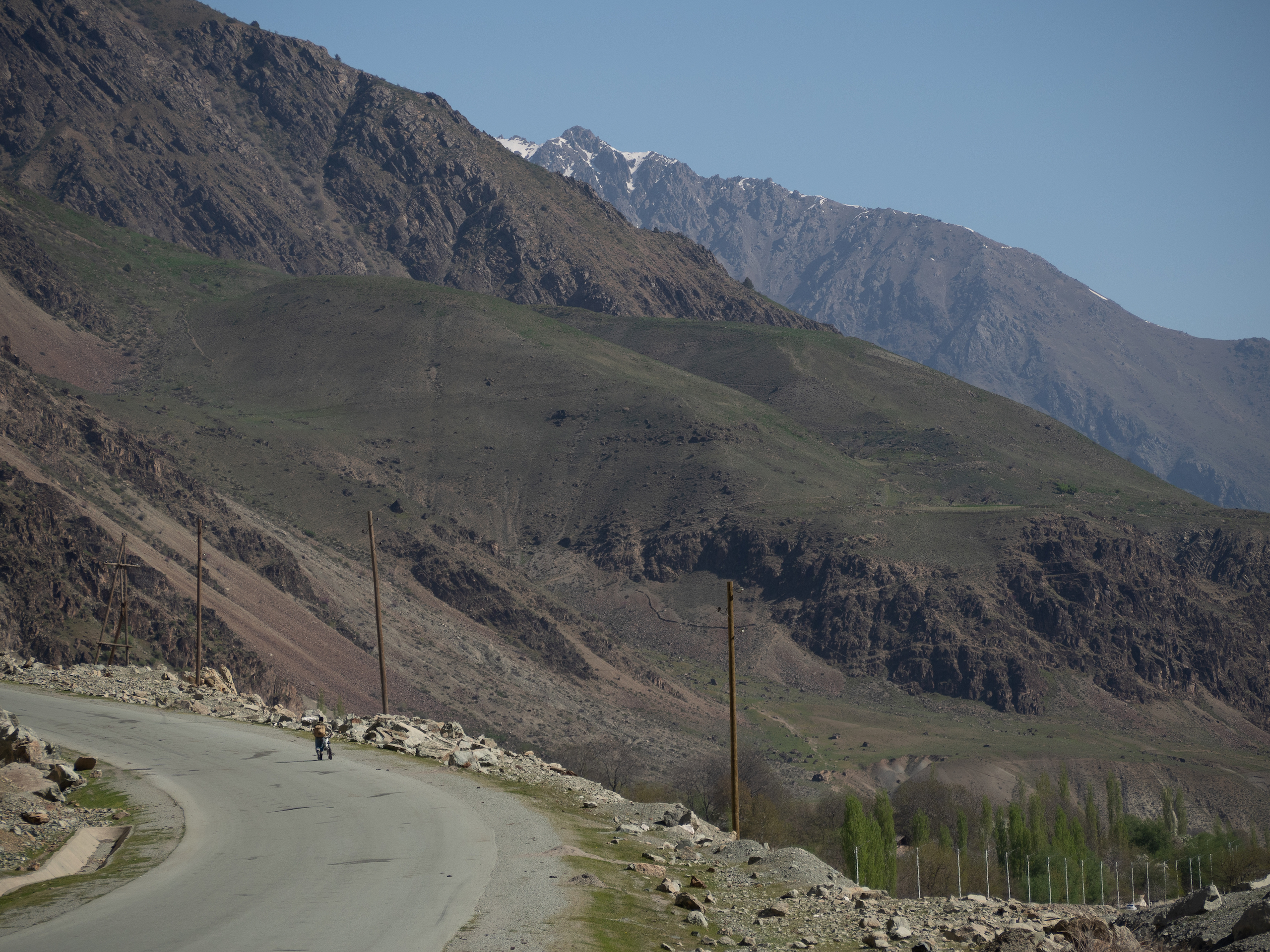
China’s “green development guidelines” are not legally binding, however.
Both Hughes and Mostowlansky stressed that, unless developers such as the China Road and Bridge Corporation are required to comply with explicit standards set by China or international best practice, there is a risk of “significant” environmental damage.
“Based on previous projects in the region, it seems doubtful that such high-level and abstract policy ambitions would really materialise in road construction in Tajikistan,” said Mostowlansky. He pointed out that change would require China pressuring the Tajik government on social and environmental standards. “But this is unlikely to happen.”
Additional inputs by Tom Baxter and Natalie Taylor
